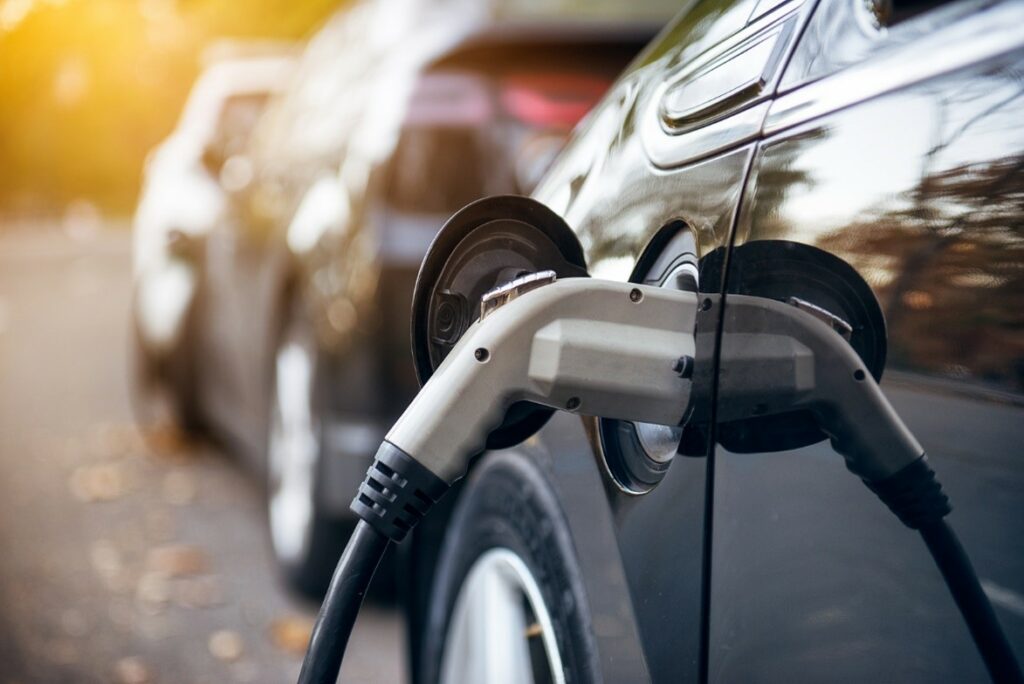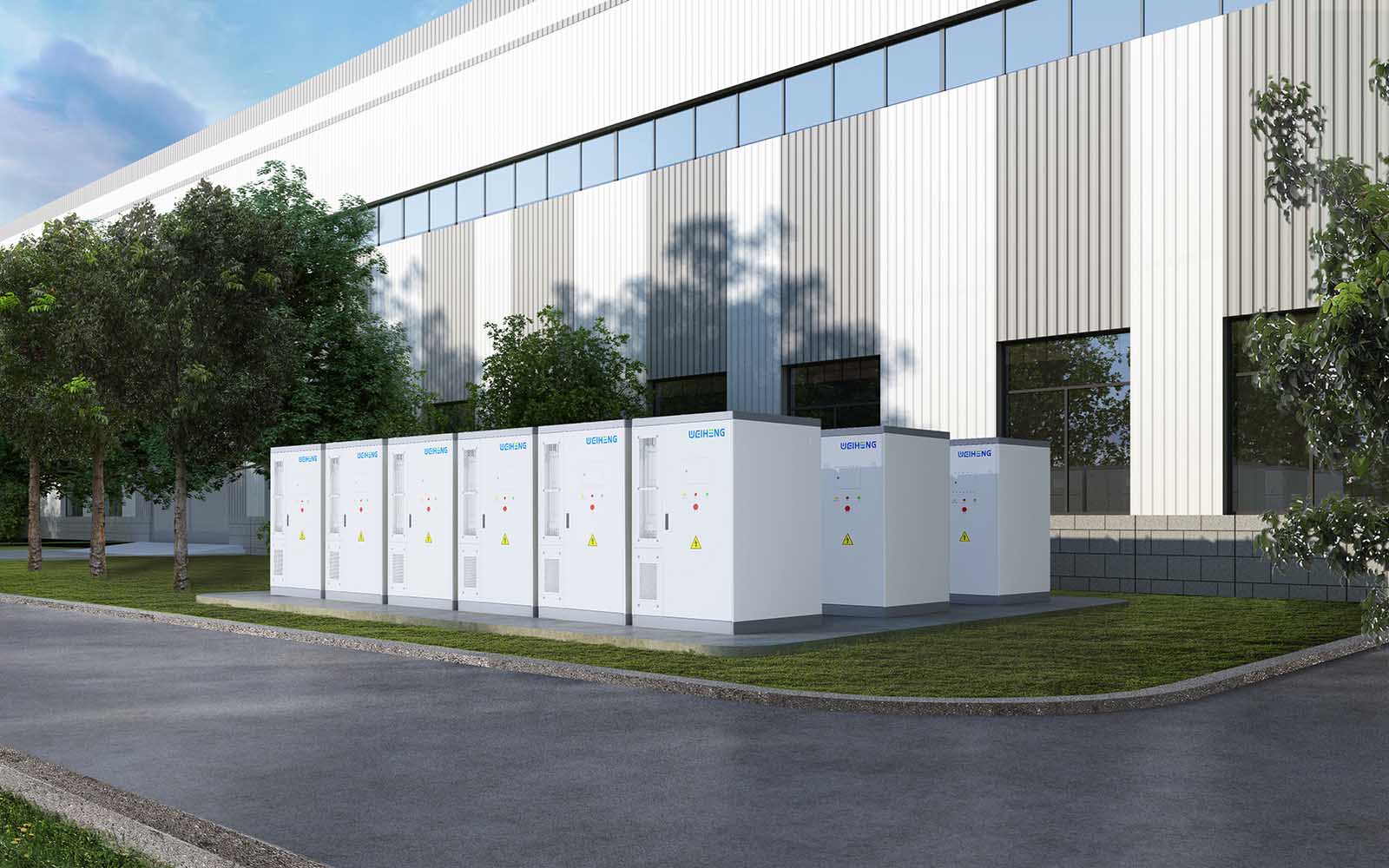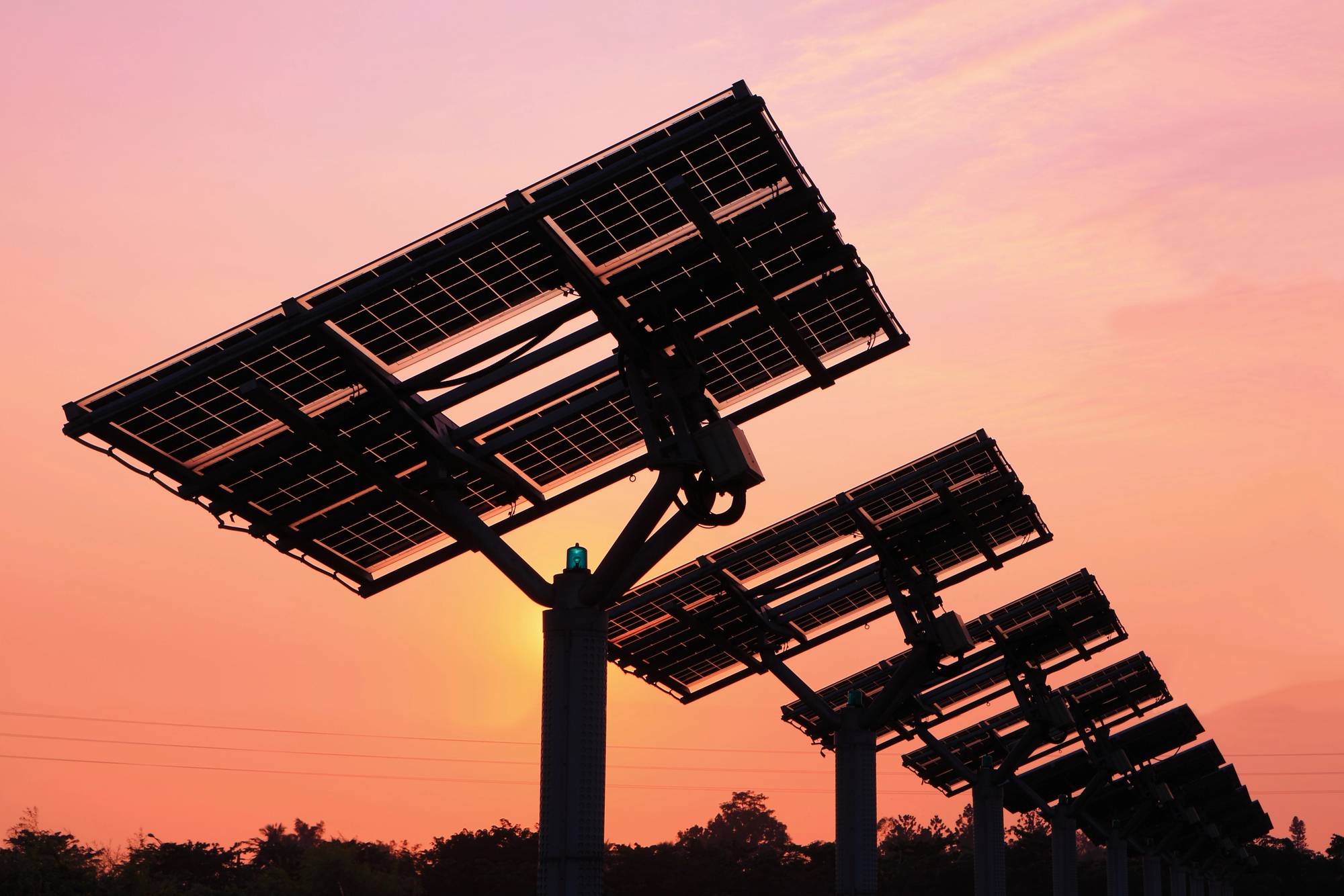
As we approach 2024, it is becoming more and more apparent that energy storage systems are revolutionising how energy is managed and distributed. This blog post will highlight some of the emerging trends in energy storage systems and how they are set to transform the energy landscape.
The Integration of Artificial Intelligence
Artificial Intelligence (AI) has become something of a household name in recent years. Every organisation and technology seem to be capitalising on it, and it’s not hard to see why.
AI is a powerful tool capable of using advanced algorithms to make intelligent decisions without human intervention. In the case of energy storage systems, AI can use past data/trends of energy supply and demand to measure how much power might be needed under different variables such as time of day and weather. AI can then make an intelligent decision on what to do with this power based on these algorithms, therefore cutting down on wasted energy and optimising efficiency.
AI can also improve an energy storage system’s stability. Through data collection and analysis, AI can identify and resolve system anomalies before they escalate. This ensures a continuous, uninterrupted service.
Energy Storage as a Service (ESaaS)
The idea of “as a service” models is one that businesses across the world have taken and run with, and the energy sector is no different. Energy Storage as a Service (ESaaS) has emerged as a welcome addition to this revolutionary business model, making storage systems more accessible and affordable for more customers than ever.
In this model, service providers take on the responsibility of installing and maintaining systems while clients pay a regular service charge. Many consumers don’t want to deal with the hassle of system management, thus making ESaaS an ideal alternative.
Though some could be put off by the recurring fee, by using ESaaS, clients avoid the risk of financial wastage as seasoned professionals regularly maintain peak productivity and health for a system. Consumers can also increase their energy storage capacity without having to worry about any operational difficulties.
Hybrid Energy Storage Systems
Hybrid Energy Storage Systems (HESS) are a recent development in energy storage, containing two or more energy storage technologies for the purpose of excelling in the limitations of traditional systems.
This innovative technology has seen a drastic increase in market value over recent years, with a projected value of $22.30 (£17.87bn) billion by 2030 compared to $14.20 (£11.4bn) billion in 2022.
The unique selling point of HESS is that they combine the best elements of different energy storage systems into one. For example, combining the technology of a system that can transfer large amounts of energy with technology that can store large quantities simultaneously provides a more efficient solution than ever before. It’s easy to see why HESS are seeing a significant spike in popularity within the energy landscape.
Government Involvement
Another popular trend in recent years has been the increasing recognition of energy storage systems by governments as a leading means of energy sustainability. This recognition and involvement by governments has been accompanied by the introduction of policies to support their development and integration into the power grid.
The Energy Bill which was passed in 2022 is a government bill which recognised energy storage as a generation asset. This example is a significant step in the government’s involvement towards energy storage systems as the bill allows for clarity on how energy storage should be treated from a legislative view, meaning that future energy bills and policies to come will see energy storage as a significant factor.
Furthermore, in 2022, the UK government funded five separate energy storage projects, costing over £32 million. This showcases that the government not only acknowledges energy storage systems’ potential, but actively supports its development.
Sustainability Measures: Second-Life Batteries
Using “second-life” or recycled batteries in energy storage devices is gaining popularity as a means of developing sustainable energy solutions.
Electric cars (EVs) have been increasingly popular in recent years, and they are a good source of “second life” batteries for energy storage systems. Though their functionality as batteries for cars may be limited after time, EV batteries still retain a large amount of energy storage capacity.

Producing new batteries can cause significant harm to the environment, so reusing EV batteries is an innovative approach which has many long-term benefits.
Consequently, energy storage systems could become much cheaper for purchase, as time and resources don’t need to be wasted on manufacturing new batteries. This could therefore lead to energy storage systems becoming more widely available, promoting a circular economy.







